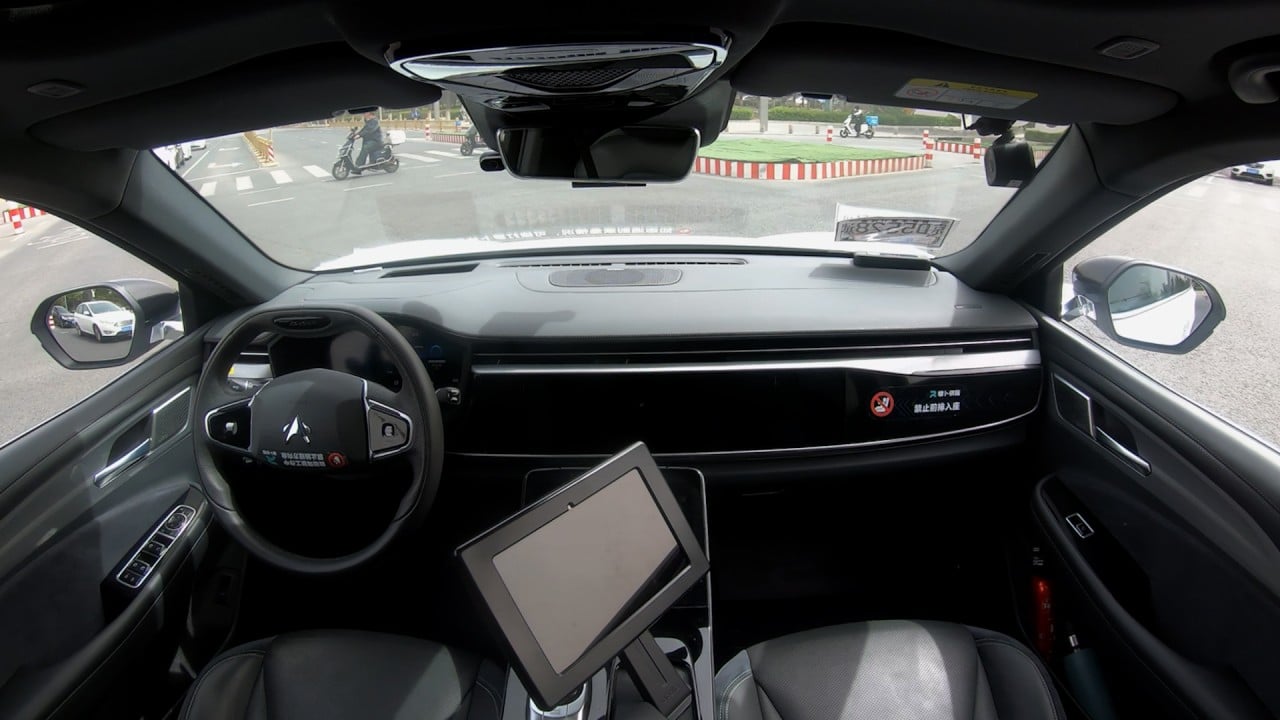
Eastern China’s Hangzhou to test self-driving vehicles in downtown, urban areas
- Eight main districts in Hangzhou including downtown Gongshu and Shangcheng, as well as Tonglu county, will be open for self-driving vehicle tests from May 1
- Hangzhou’s initiative shows much-needed local government support for China’s autonomous-driving system developers
Eight main districts in the city including downtown Gongshu and Shangcheng, as well as Tonglu county – covering an area of 3,474 square kilometres – will be made available to pilot tests of self-driving vehicles from Wednesday, according to a report by local outlet Qianjiang Evening News.
This new initiative by Hangzhou forms part of a new municipal policy to bolster the application of “intelligent connected vehicles” within the city, helping China’s move towards a driverless future.
Under that policy, which was published by the Hangzhou Municipal Bureau of Economy and Information on April 2 and takes effect from Wednesday, the local government will set up a system to coordinate the self-driving vehicle tests based on certain technical categories.
The policy document did not specify which level of autonomous driving technology would be permitted for the pilot tests. Hangzhou’s municipal government previously issued permits for up to Level 4 (L4) autonomous driving.

Hangzhou’s new policy also requires all data generated and gathered from the tests in the city should be stored locally. Any potential export of data will be first evaluated under China’s data-security regulation.
Still, residents of Hangzhou are not expected to see self-driving cars becoming commonplace in the city any time soon owing to the careful approval process for such vehicles.
A self-driving vehicle must complete certain virtual-driving and closed-scene tests before it is allowed for practical road tests, according to the policy.


